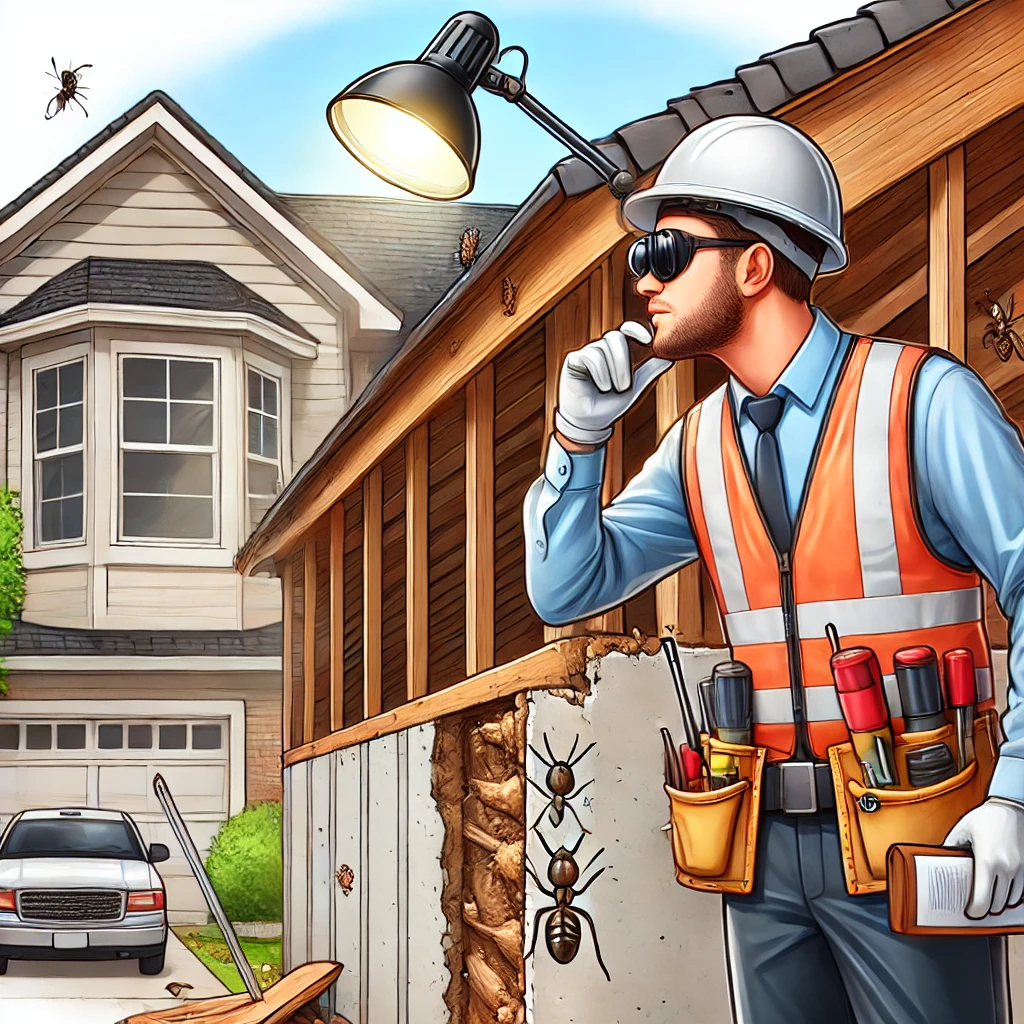A comprehensive building and pest inspection is crucial when buying or maintaining a property in Australia. This process involves a detailed examination of a building’s structure and the identification of any pest-related issues. Here are five important tips to ensure you get the most out of your comprehensive building and pest inspection:
- Choose a Qualified Inspector
Selecting a qualified and experienced inspector is the first step towards a thorough building and pest inspection. Look for professionals who are licensed and accredited by relevant industry bodies. In Australia, this often means membership in organizations like the Australian Environmental Pest Managers Association (AEPMA) or state-specific building inspection associations. These inspectors should have extensive knowledge of local building codes, common structural issues, and pest behaviors specific to your area.
- Understand the Scope of the Inspection
Before booking an inspection, make sure you understand exactly what will be covered. A comprehensive building and pest inspection typically includes an examination of all accessible areas of the property, including the roof space, subfloor, interior, and exterior. The inspector should check for structural issues, water damage, safety hazards, and signs of pest infestation. Ask for a detailed list of what will be inspected and what methods will be used. This ensures that no important areas are overlooked.
- Be Present During the Inspection
While not always necessary, being present during the inspection can be highly beneficial. This allows you to ask questions and gain a better understanding of any issues the inspector identifies. Many inspectors are happy to explain their findings as they go, giving you valuable insights into the property’s condition. If you can’t be there in person, consider asking if you can join via video call for at least part of the inspection.
- Request a Detailed Report
After the inspection, you should receive a comprehensive written report detailing all findings. This report should include descriptions of any defects or pest issues found, their location, and the potential implications. Look for reports that include clear, high-quality photos to illustrate problem areas. A good report will also prioritize issues based on their severity and may include recommendations for repairs or further investigation. Don’t hesitate to ask for clarification on any part of the report you don’t understand.
- Follow Up on Recommendations
Once you have the inspection report, it’s important to act on its recommendations. If serious issues are identified, you may need to bring in specialists for further assessment or repairs. For pest problems, this might involve contacting a pest control company. For structural issues, you might need to consult with a builder or engineer. Even if no major problems are found, the report may suggest preventative measures or minor repairs to maintain the property’s condition.
Remember that a building and pest inspection is an investment in your property’s future. It can save you from costly surprises down the line and provide peace of mind about your purchase or current home. If you’re buying a property, the inspection results can also be a powerful negotiating tool. Don’t rush the process – take the time to find a reputable inspector and thoroughly review their findings.
Lastly, keep in mind that while a comprehensive inspection can reveal a lot about a property, it’s not infallible. Inspectors can only report on visible and accessible areas, and some issues may only become apparent over time or with more invasive investigation. However, by following these tips, you’ll be well on your way to gaining a clear picture of the property’s condition and making informed decisions about your real estate investment.
Read More Articles: Businessexchanged.com



